
Often, when we hear the word “indigenous,” we immediately think of the indigenous peoples in North America. However, indigenous theatre is a type of performance that is based on the storytelling traditions of any specific indigenous culture around the planet. It can be used as a form of entertainment, therapy, or education. Indigenous theatre often includes music, dance, and visual arts. It can be performed in a variety of settings, including homes, community centers, and schools.
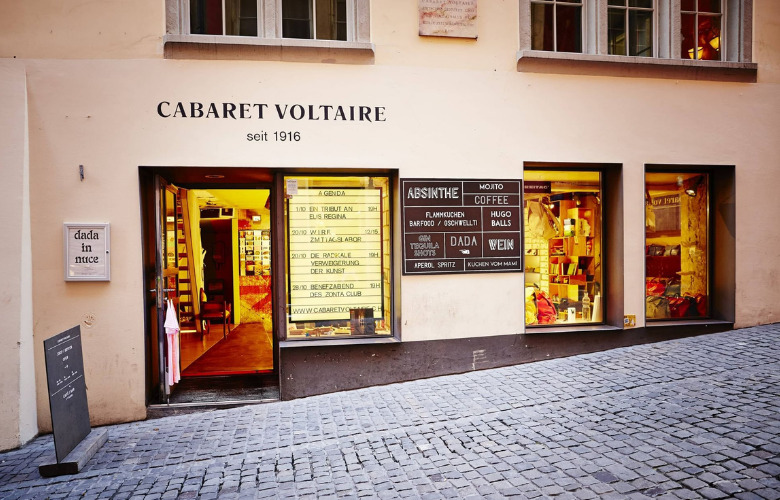
The Cabaret Voltaire is the birthplace of the world-famous Dada movement, which started in Zurich in 1916. In the middle of the First World War, Dada awakened the desire to question the present with new and surprising forms of artistic performance, expressed through music, literature, dance, and painting.
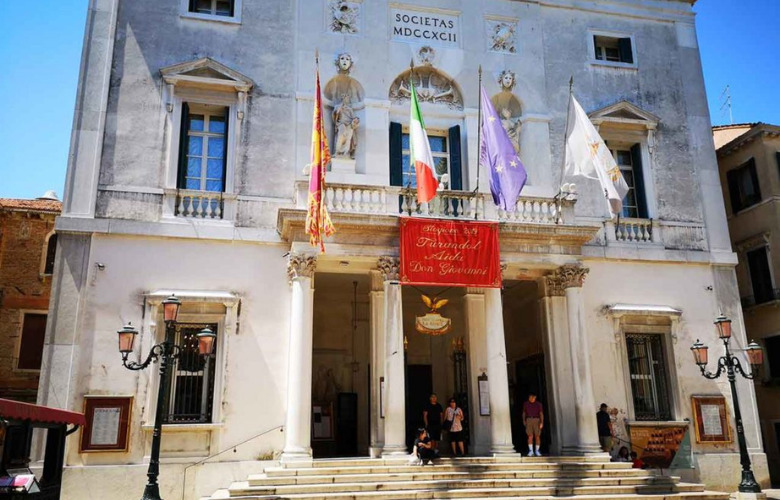
The Teatro La Fenice (meaning “The Phoenix”) is an opera house in Venice, Italy. It is one of the most famous and renowned landmarks in the history of Italian theatre, and in the history of opera as a whole. Especially in the 19th century, La Fenice became the site of many famous operatic premieres during which the works of several of the four major bel canto era composers – Rossini, Bellini, Donizetti, Verdi – were performed.
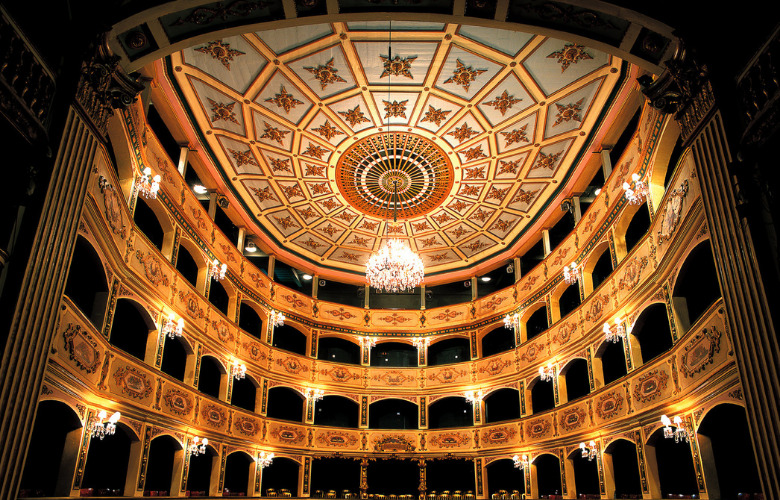
The Manoel Theatre (Teatru Manoel) in Malta is both a historical monument of immense cultural value as well as the most important performing arts venue of the small island nation. It has a rich and long history, dating back to 1731 when it was built on request of Grand Master Fra António Manoel de Vilhena… Hence its name. It is a beautiful place and European theatre afficionados agree – attending a show at the Manoel is a magical experience.

Nearly every culture has stories, myths, legends, and spiritual illuminations revolving around water that explain natural phenomena or explore epic questions of faith. Water is inherently transformational. It moves from solid to liquid to gas. Theatre is also transformational. One could say it is the art of watching people change. Throughout history, there has been a natural marriage between water and theatre.

Method Acting, known informally as The Method, is a range of training and rehearsal techniques, as formulated by several different theatre practitioners. Based on Konstantin Stanislavski’s system and further developed by Lee Strasberg, Method Acting seeks to encourage sincere and expressive performances through identifying with, understanding, and experiencing a character’s inner motivation and emotions.
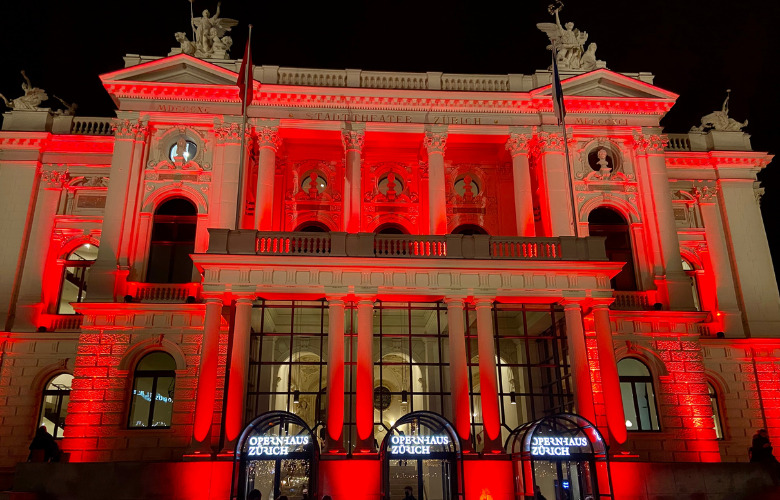
The Zurich Opera House is one of the best in the world and was named Opera House of the Year at the 2014 International Opera Awards. It is located at the Sechseläutenplatz, a big square right in front of the Opera House which is used for all kinds of cultural festivities throughout the year. The Zurich Opera House has been home of the Zurich Opera since 1891. It also houses the Bernhard-Theater Zurich as well as the Zurich Ballet.

We feel it. We live it. And we read, write, hear about it. We discuss the latest developments in the performing arts. In our industry, the entertainment industry, many make theatre their life, dedicating their heart and soul, their energy and precious time to it. Often to an extent so it absorbs us entirely. So, what is this thing called theatre? Going back to the basics, what does it entail and where does it come from?
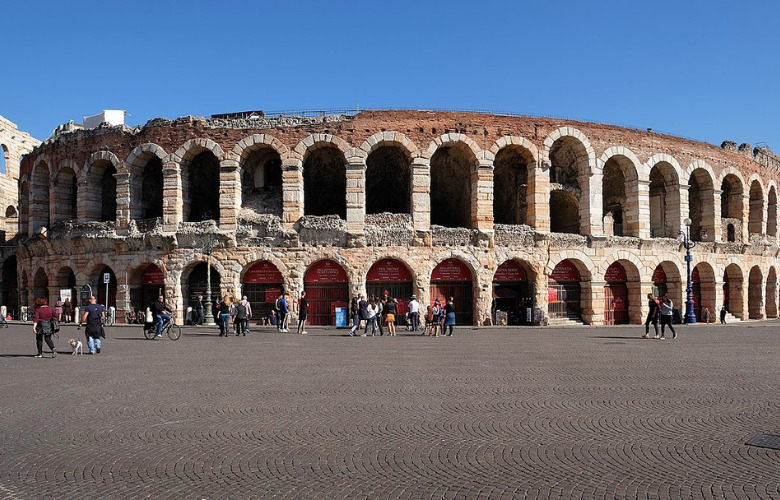
Ancient Amphitheaters can be found around the world. In a first article a week ago, called ‘The 5 Oldest Amphitheaters in the World’, we travelled together through magnificent venues of old in Greece, Spain, and France. Yet there are so many more beautiful, ancient performance spaces, it warranted following up with a second article to continue our journey around the world. Here are 5 more venues for you.
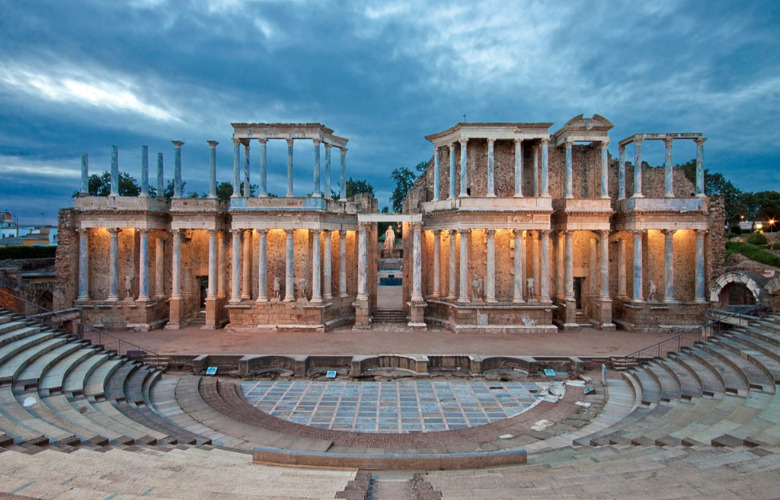
In another article a few days ago we looked at the Teatro Olimpico in Vicenza, Italy. The oldest, still operating indoor theatre in the world. It was built in 1585. Today, let’s go outdoors. And let’s go a little further back in theatre history. Far enough back, in fact, to make the Teatro Olimpico look like a teenager. In this journey through time, we’ll have a look at the 5 oldest amphitheaters in the world, all of which go back centuries.
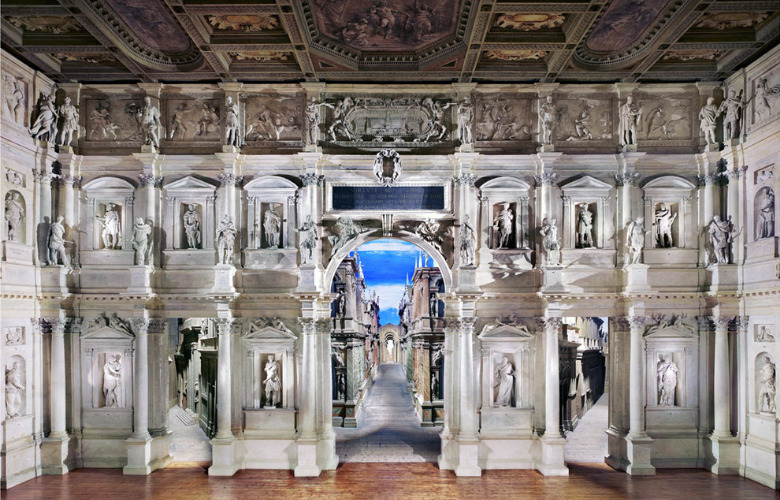
The Teatro Olimpico (Olympic Theatre) in Vicenza, Italy, is widely regarded as the oldest theatre in the world. Its first performance took place roughly 550 years ago, in 1585. Other than its respectable age, the Teatro Olimpico is also one of the most beautiful theatres in Europe and perhaps the world. It was designed by Andrea Palladio, an Italian architect, and a master of Renaissance architecture. Nowadays, the building is a UNESCO World Heritage Site.
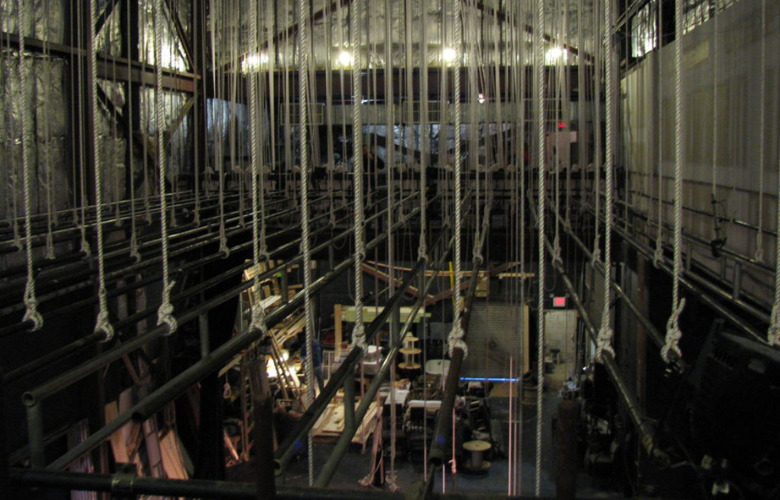
Many believe that in the early days of theatre it was mostly sailors who functioned as stagehands and riggers. While they were on shore leave, or once they were retired. The legends go that in London, for example, there were even underground passages leading directly from the docks to the big theatre venues in town. The sailors ran from the ship to there, did their duties in the theatre, got drunk after, and went back to their ships in the early morning.
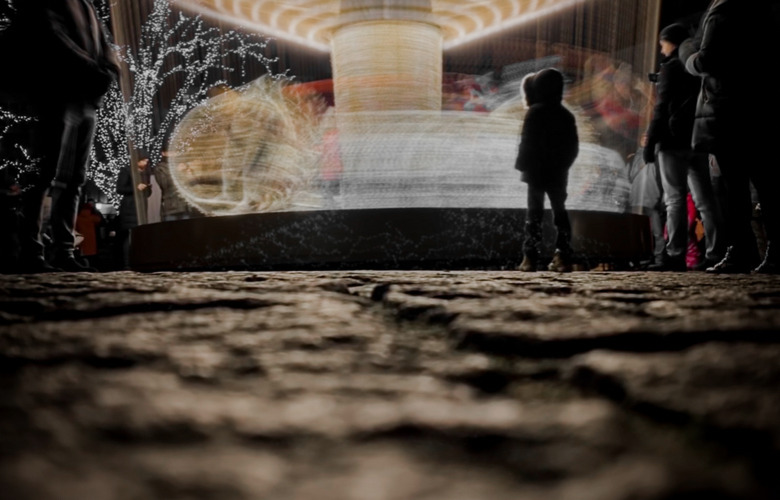
Tadeusz Kantor was an incredible multi-talent: stage director, creator of happenings, painter, set designer, writer, art theoretician, actor in his own productions, and lecturer at the Academy of Fine Arts in Krakow. Kantor is renowned for his revolutionary theatrical performances in Poland and abroad. He was one of the great influences for the diverse and liberal world of theatre we know today.















